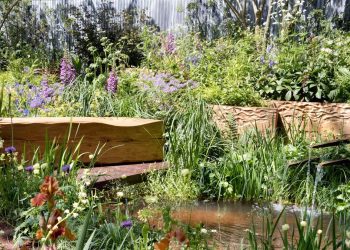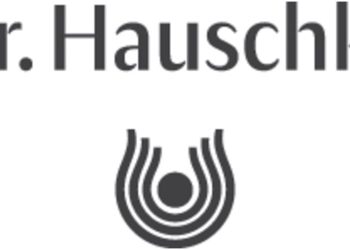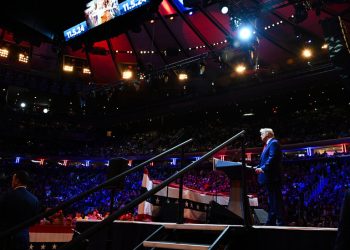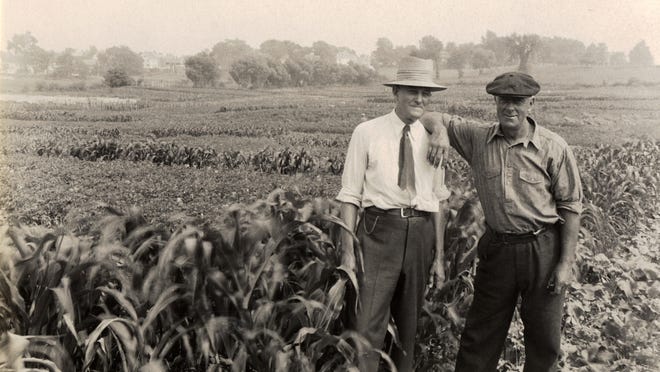
In the essay entitled “Chestnut” in garden historian and ethnobotanist John Forti’s new book “The Heirloom Gardener ~ Traditional Plants and Skills for the Modern World” (Timber Press, June 22, 2021), he recalls the chestnut he’s carried in his pocket since his early 20s.
He writes:
“It was already worn to a polish when it was given to me by an old man who had saved the glossy brown nut from the last American chestnut tree he had known. It sparked my interest and offered smooth, round hope — of good luck for a young man and an old tree.”
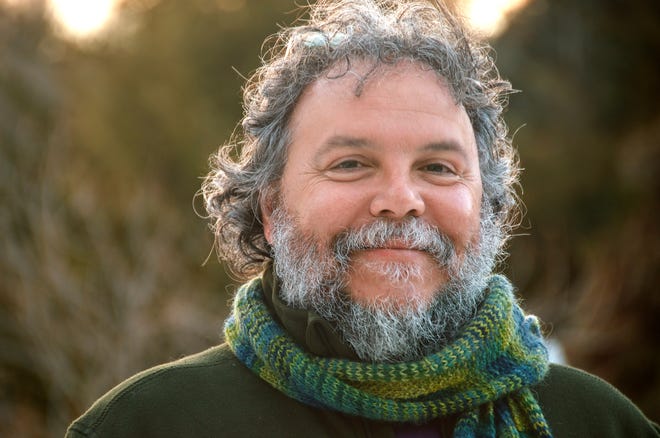
Later in the essay, he tells us how chestnut blight wiped out most mature American chestnut trees by 1940. As a preservationist, he went on to plant six disease-resistant hybrid trees at Plimoth Plantation and then a pair of American chestnut seedlings at Strawbery Banke Museum in Portsmouth. A trip back to Plimoth Plantation gave him the opportunity to see the trees he planted ten years early, now filled with “Half a dozen Wampanoag kids who were playing in the tree and collecting nuts, likely the first Native American children to harvest chestnuts in that region in nearly a century.”
















































